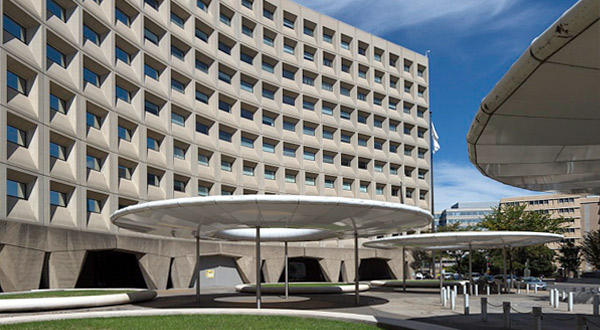February 3, 2020

The Department of Housing and Urban Development announced a final rule on formaldehyde emissions standards for manufactured homes. These updates clarify issues related to compliance with The Toxic Substances Control Act (TSCA).
HUD officials on record recently about the American affordable housing situation, label it a crisis and acknowledging that the “affordable housing crisis can’t be solved by one measure alone” though the issue of conforming with other federal guidelines addressing toxic substances is an important one.
HUD updates in policy include revisiting the rules “for the installation of carbon monoxide alarms or detectors; and additional provisions for homes designed for structures attached at the site, including garages and carports” and the HUD final rule on formaldehyde emissions for manufactured homes “aligns HUD’s regulations with other federal guidelines”.
HUD’s Office of Manufactured Housing Programs, part of HUD’s Office of Housing, oversees the construction statutes, standards, and regulations of manufactured housing contained in the federal Manufactured Home Construction and Safety Standards.
HUD has altered “current formaldehyde emission standards for composite wood products used in manufactured housing” to add consistency with “requirements established by section 601 of TSCA and EPA requirements, including the scope of products tested and processes for testing”.
HUD updated these rules for the purpose of eliminating or modifying aspects of HUD’s manufactured housing formaldehyde standards not addressed by the Toxic Substances Control Act “including provisions for a health notice to be posted in every manufactured home, testing of panels treated after certification, and testing of certain plywood materials”.
These changes should be fairly invisible to the borrower, although the new standards may affect the loan approval process in terms of whether an individual manufactured home meets the updated standards and what it may take to be in compliance going forward.
HUD has also advanced a proposed rule addressing issues related to carbon monoxide detectors in manufactured homes, but this rule is still in the proposal stages and has not become what the agency terms a “final rule”.

